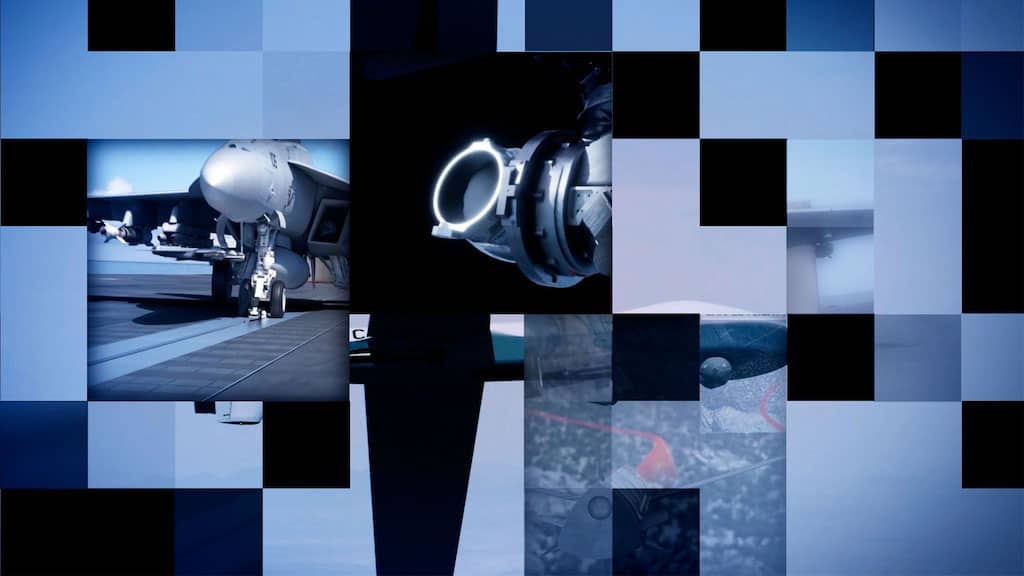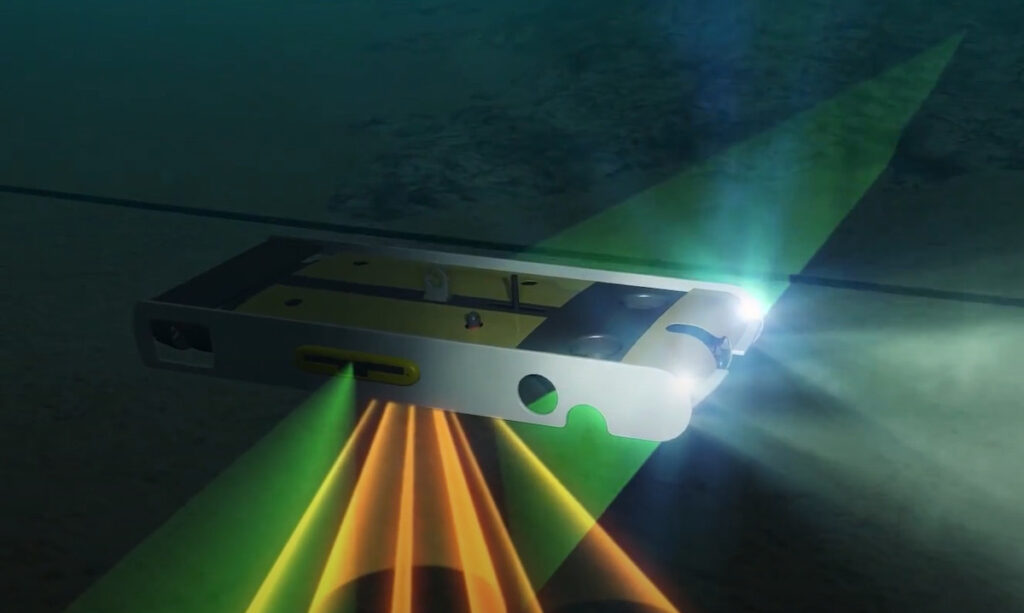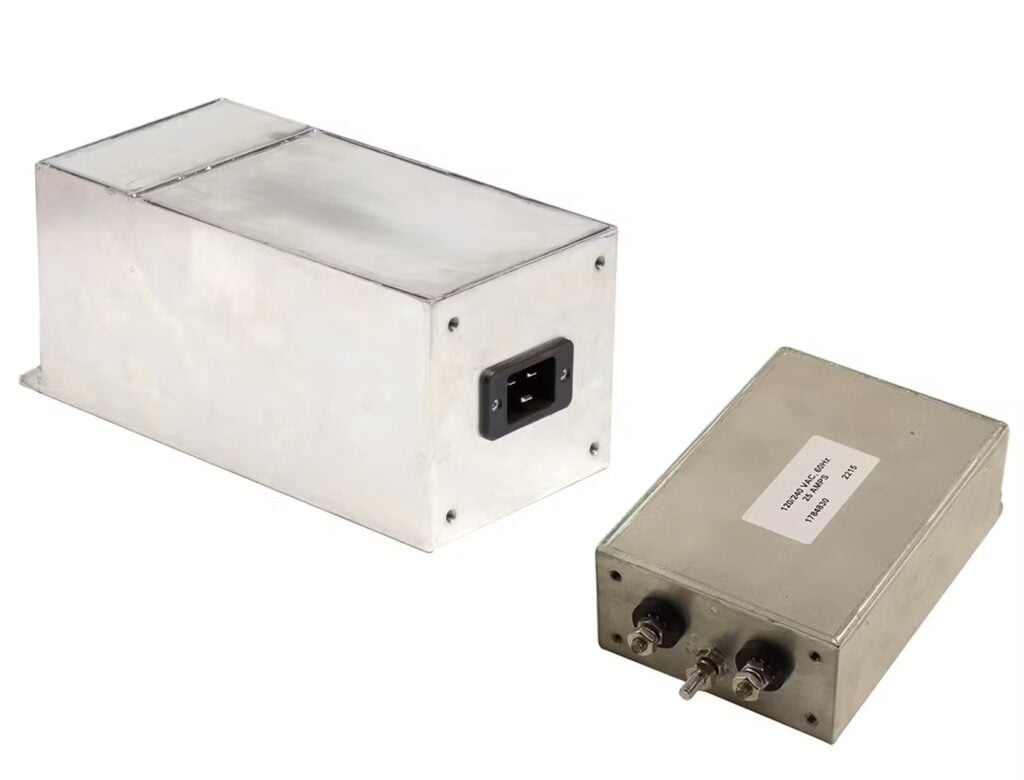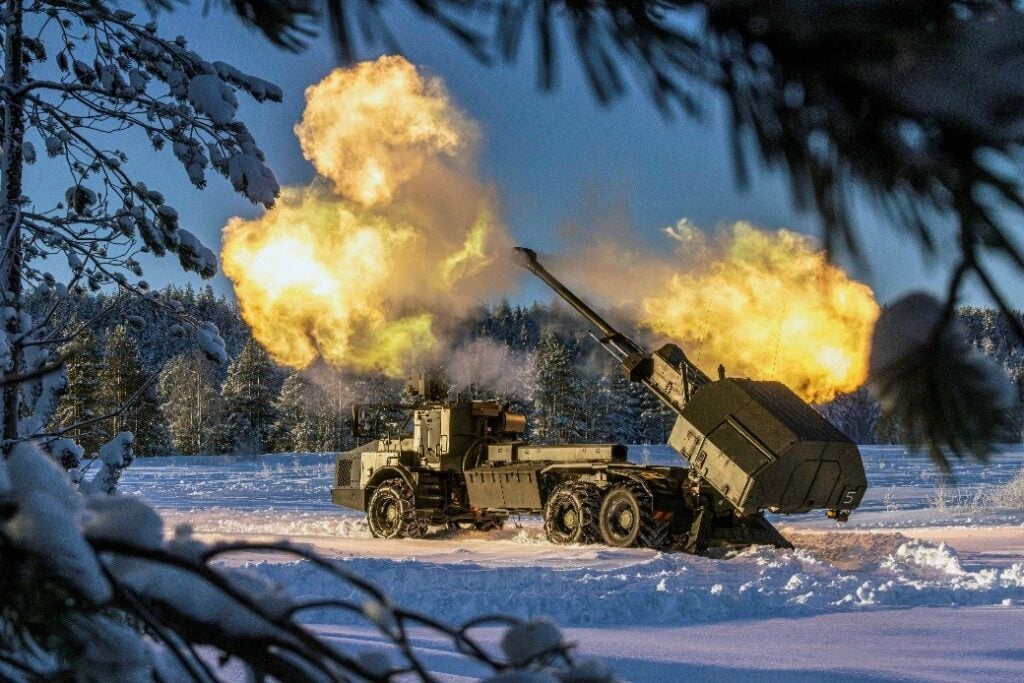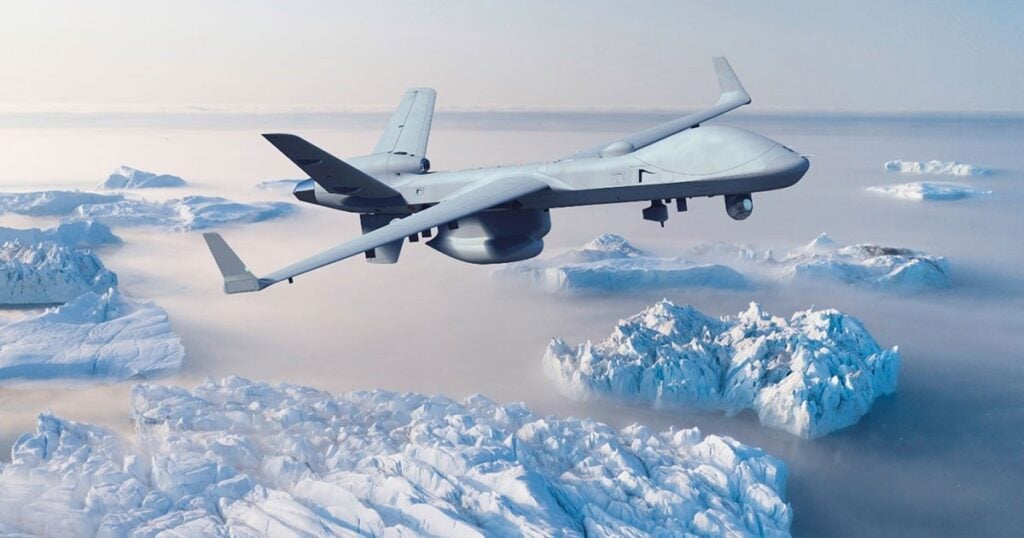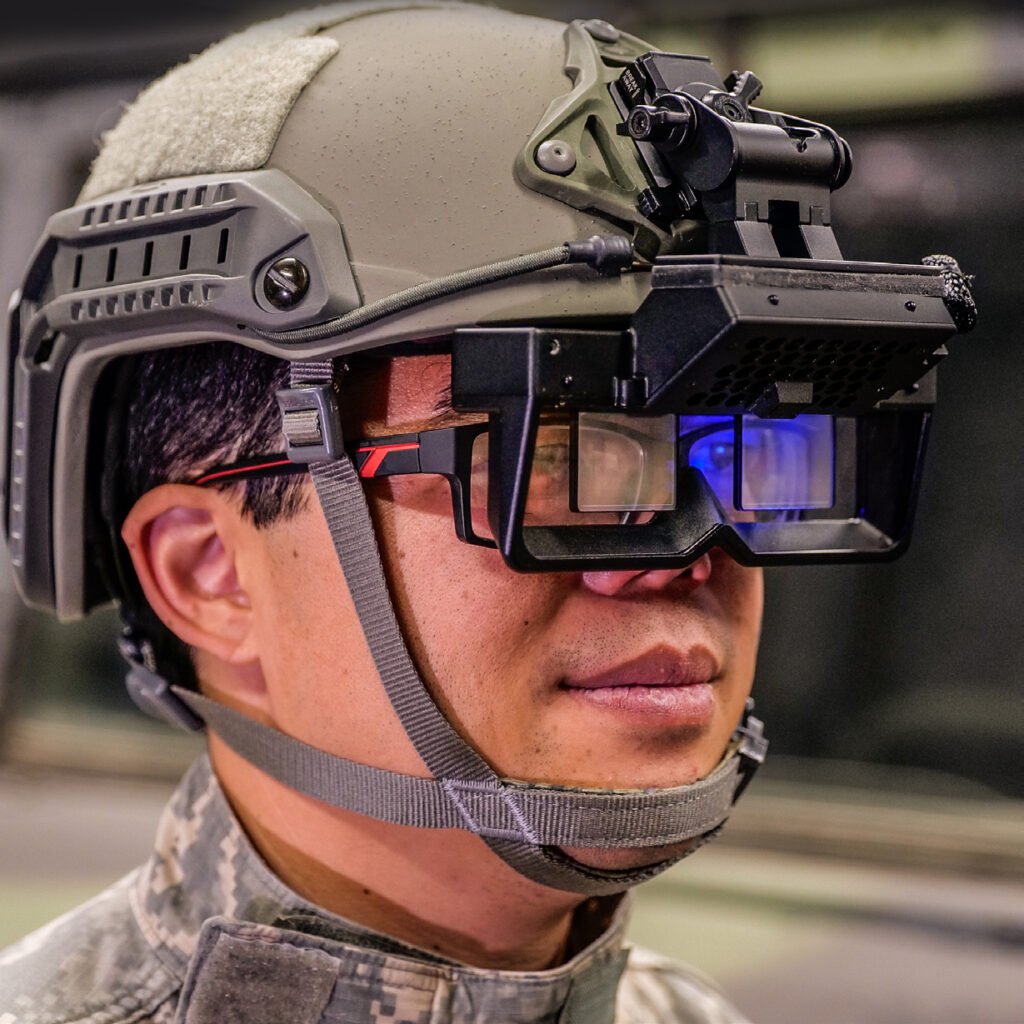
Helmet Displays
Discover cutting-edge solutions from leading global suppliers

The US Air Force has selected LIFT Airborne Technologies to continue with prototype development of a new helmet for Air Force fixed-wing aircrew.
The selection comes after the Air Combat Command initiated a search for a next-generation helmet to address issues with long-term neck and back injuries, optimize aircraft technology, improve pilot longevity, and provide better fitment to diverse aircrews.
The helmet will undergo additional research, testing and improvements prior to the Air Force confirming the prototype design is successful and offering a production contract in 2024.
Following production, ACC plans to take a phased approach to deliver the new helmet to all fixed-wing aircrew members across the Air Force, beginning with the F-15E Strike Eagle.
“The current helmet was based on 1980’s design. Since then, gains in aircraft technology and the demographic of pilots have changed,” said Scott Cota, ACC Plans and Requirements branch air crew flight equipment program analyst. “The legacy helmet was not originally designed to support advances in aircraft helmet-mounted display systems, causing pilots to fly with equipment not optimized for them, especially our female aircrew.
“The implementation of helmet-mounted devices has added weight and changed the center of gravity, leading to discomfort for operators. In addition, a 2020 Air Force anthropometric study identified the need to add a size small helmet that better optimizes the fit for affected female aviators,” Cota said.
The helmet requirement was one of the first initiatives to go through AFWERX, an Air Force organization focused on working with nontraditional defense companies to bring technological innovation, in 2019.
“To better understand advances in technology, seek innovative solutions to current helmet issues, and use vendor competition to drive the initiative, AFWERX was a natural choice,” Cota said.
As the lead, Cota worked with other major commands and the Air Force Life Cycle Management Center’s Human Systems Program Office at Wright-Patterson Air Force Base, Ohio, to set the requirements of the new helmet for operators across the Air Force.
Key parameters identified were weight, pilot comfort, optimized fitment and protection, stability, optimized center of gravity, and integration with different helmet-mounted systems.
“Using a streamlined acquisition process to move the program, the AFLCMC took the AFWERX initiative and solicited over 100 different designs from industry. Promising designs were evaluated and submitted for further testing,” said Capt. Timothy James, AFLCMC Human Systems Division of Agile Combat Support Directorate program manager. “The innovative process has allowed us to move faster than a standard acquisition while providing checks and balances to ensure a quality product.”
The Air Force Research Laboratory performed a majority of the testing, but the AFLCMC also worked with the Airmen Accommodations Laboratory, the Life Support Systems Scientific, Test, Analysis, and Qualification Laboratory at Wright-Patterson as well as the 46th Test Squadron and 28th Test and Evaluation Squadron at Eglin AFB, Florida, to narrow the finalist to LIFT Airborne Technologies.
“These new helmets will offer greater applicability and better fit for operators of all sizes, genders and ethnicities,” James concluded.











